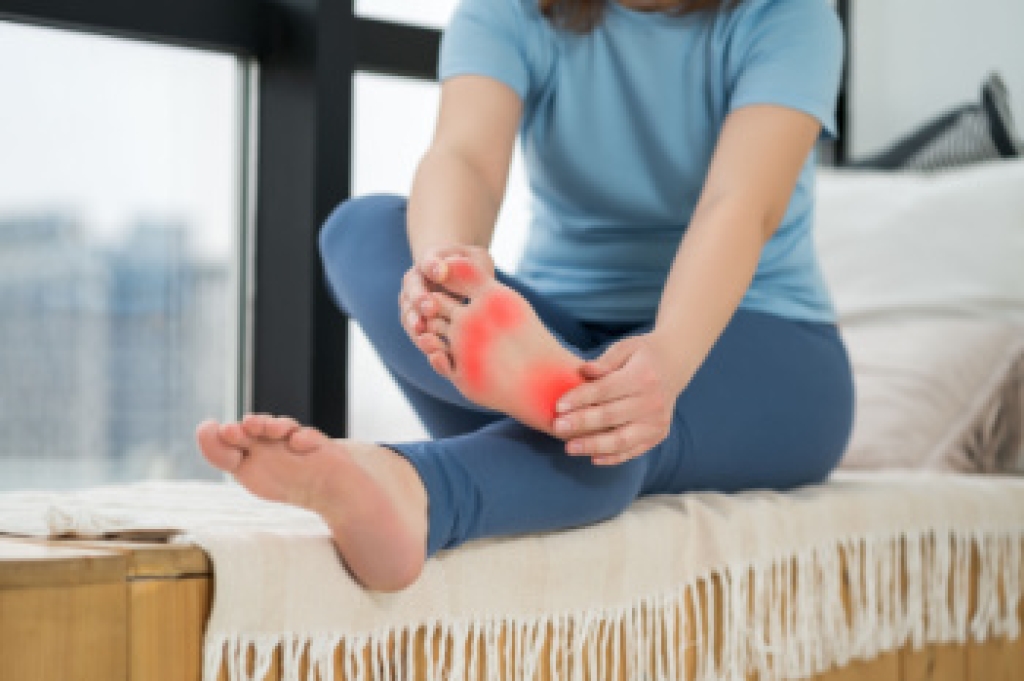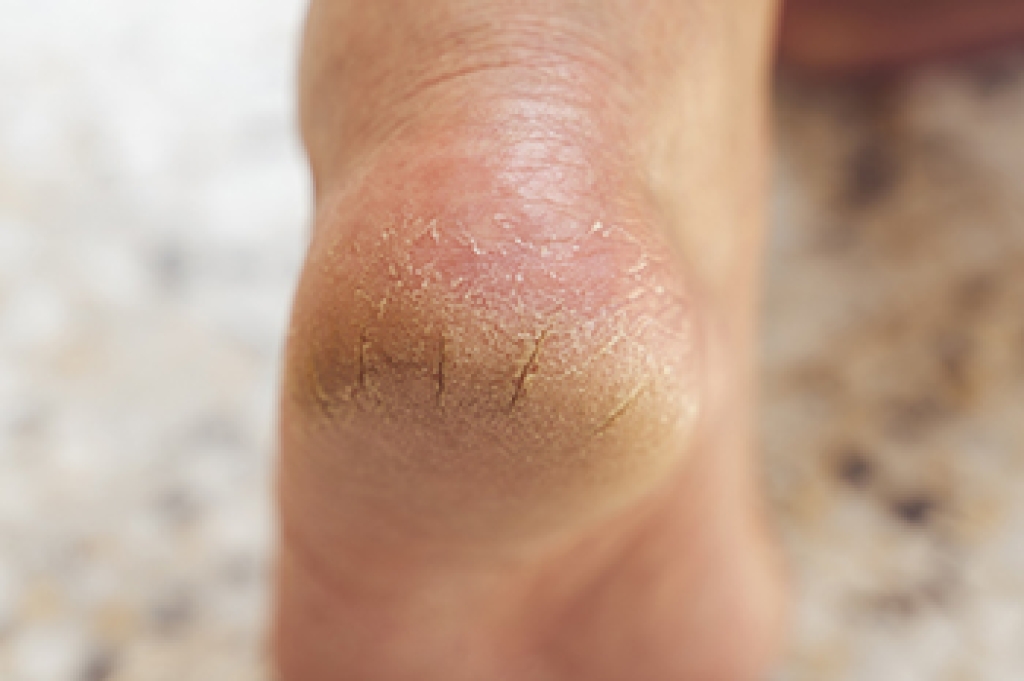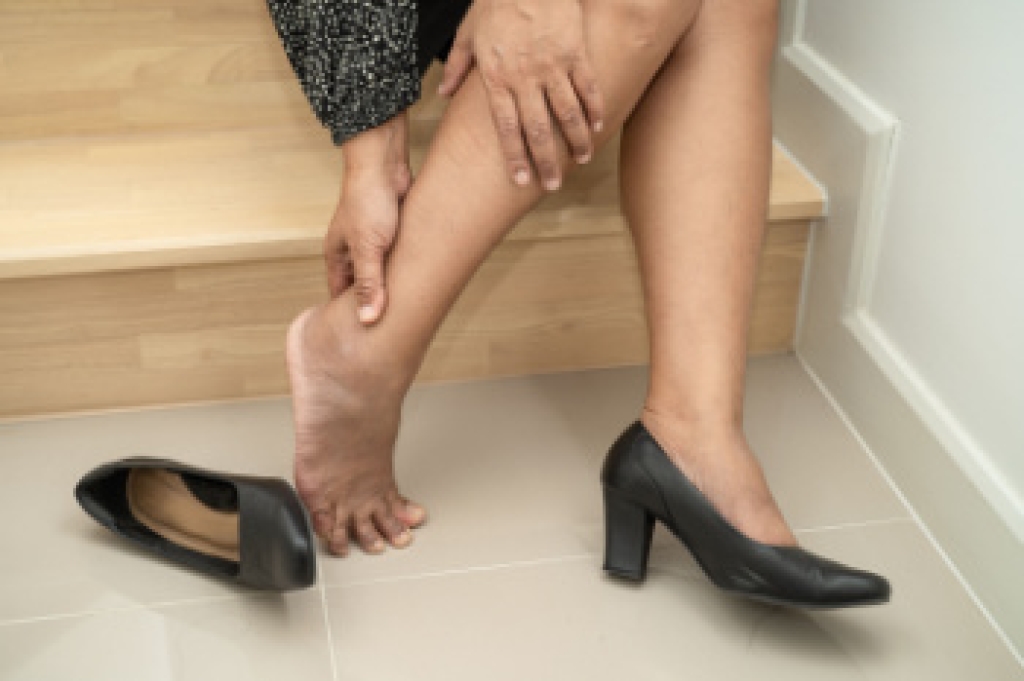
Long-distance cycling can place significant stress on the feet and ankles, often leading to overuse injuries. Common issues include hot foot, a burning sensation caused by nerve compression, and poor shoe fit. Achilles tendonitis may develop from repetitive pedaling motions and poor saddle positioning, leading to stiffness and heel pain. Pain along the outside edge of the foot may result from pressure, improper cleat alignment, or weak foot support. These injuries can worsen over time, if not addressed. A chiropodist can evaluate your foot mechanics, recommend proper footwear, prescribe custom orthotics, and provide other treatments to relieve pain. If you experience foot or ankle pain during cycling, it is suggested that you visit a chiropodist who can treat various foot conditions, and guide you on foot and ankle injury prevention tips.
Injuries to the foot and ankle are very common among athletes. If you have experienced an injury, please consult with one of the specialists from Thornhill Foot Clinic. Our chiropodists will assess your condition and provide you with quality foot and ankle treatment.
Common Injuries Among Athletes:
- Achilles tendon injuries
- Ankle strains or sprains
- Plantar fasciitis
- Fractures
- Turf toe
- Joint dislocations
- Sever’s disease
- Morton’s neuroma
Symptoms
Symptoms will depend on the cause and severity of the injury. Common symptoms for a foot or ankle injury include pain, swelling, tenderness, bruising, a reduced range of motion, and difficulty bearing weight or walking on the affected foot or ankle.
Diagnosis
Sports injuries are typically diagnosed after carefully examining the affected foot or ankle. This includes moving the injured area to test its range of motion. Medical history will need to be provided, as well as detailed information about how the injury occurred. Imaging studies, such as X-rays or MRIs, may be used to confirm or rule out certain diagnoses.
Treatment
Just like symptoms, treatment will depend on the type of injury and its severity. Initial treatment for many sports injuries is aimed at controlling inflammation and promoting the healing response. The acronym R.I.C.E is a helpful guide to implement for most acute injuries. This method involves resting, icing, compressing, and elevating the affected foot or ankle. In addition, anti-inflammatory medications may be administered and orthotic devices may be prescribed. For more severe injuries, surgery may be required. Lastly, rehabilitation or physical therapy may be needed to gain full functionality in the afflicted area.
If you have any questions please feel free to contact our office located in Vaughan, ON .




